In 2019, the largest contributors to the total neurological disorder DALYs in India were stroke (37·9% [29·9-46·1]), headache disorders (17·5% [3·6-32·5]), epilepsy (11·3% [9·0-14·3]), cerebral palsy (5·7% [4·2-7·7]), and encephalitis (5·3% [3·7-8·9]).
Stroke, headache disorders, and epilepsy are the leading contributors to neurological disorders burden in India. Among non-communicable neurological disorders, stroke is the third leading cause of death in India, and dementias are the fastest growing neurological disorder
What foods affect nerves?
Inflammatory foods put extra stress on the damaged nerves which heightens pain and irritation. Specific foods to limit or avoid include gluten, excessive alcohol, added sugars, refined grains, unhealthy fats, and heavily processed items
What foods affect the nervous system?
You should limit your intake of butter and margarine, cheese, red meat, fried food, pastries and other sweets. All of those foods have saturated fats and trans fats, which you want to avoid.
TANTVA Nerve Health Millet Boost for your healthy Nerves:
Foxtail Millet Abundant in Vitamin B1, aids in maintaining a healthy nervous system. Nutritionists strongly recommend the intake the Foxtail millet for keeping various neurological disorders at bay. Neurotropic B vitamins play a major role in strengthening the nervous system. More importantly B1 (thiamin) and B6 (pyridoxine) contributes to maintain a healthy nervous system.
In research, Peas contain a natural fatty acid called PEA (Palmitoylethanolamide). This has been getting some research attention for its potential benefits in nerve pain and inflammation.
PEAs has been found to have neuroprotective, anti-inflammatory, anti-convulsant properties and reduce pain. It can bind two cells in the body to reduce that pain and inflammation Palmitoylethanolamide (PEA), a naturally occurring fatty acid amide, has demonstrated utility in the treatment of neuropathic and inflammatory pain.
Black Rice, many researchers believe that oxidative stress has a detrimental effect on cognitive functioning. Hence, antioxidants like anthocyanins (that are found in black rice) could work to reduce this oxidative stress and maintain healthy brain functioning. six-year-long study conducted on 16,000 adults found that long-term consumption of anthocyanin-rich foods slowed down the rate of cognitive decline by up to 2.5 years
Coco contains PEA helps to release dopamine, norepinephrine which is relaxing.
Consuming nuts such as cashews, almonds, and walnuts are all helpful in aiding nerve function because they are rich in Vitamin B
Almonds are rich in vitamin E, which is an antioxidant that can help protect nerve cells from damage. They’re also a good source of magnesium, which is important for nerve function. Pistachios contain B vitamins, which are essential for nerve function. They also have a good amount of healthy fats, which can help keep your nerves healthy. Cashew nuts are a good source of copper, which is important for nerve signal transmission. They also contain zinc, which is essential for nerve growth and repair. Walnuts are the only nut that is a good source of alpha-linolenic acid (ALA), an omega-3 fatty acid that is important for brain and nerve function. Walnuts also contain B vitamins and magnesium, which are beneficial for nerve health.
Cocoa, has flavanols, which are antioxidants. Antioxidants can help protect cells throughout your body, including nerve cells, from damage.

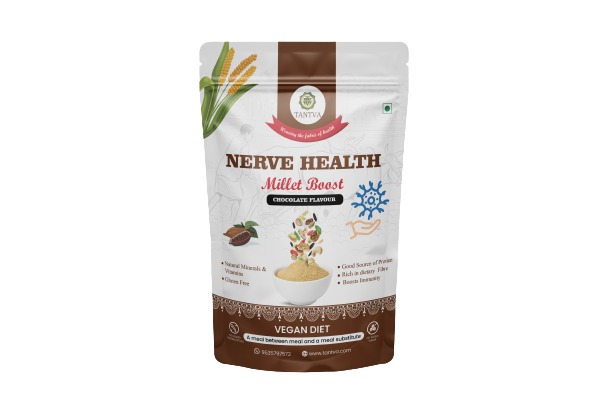
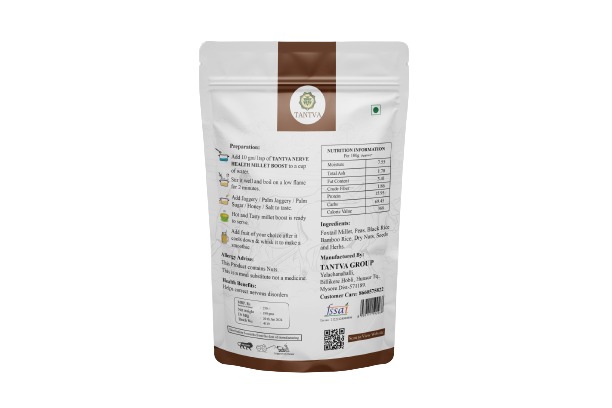





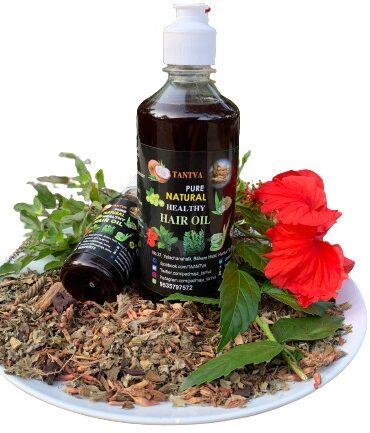
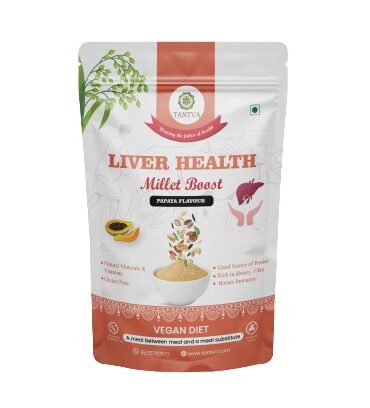

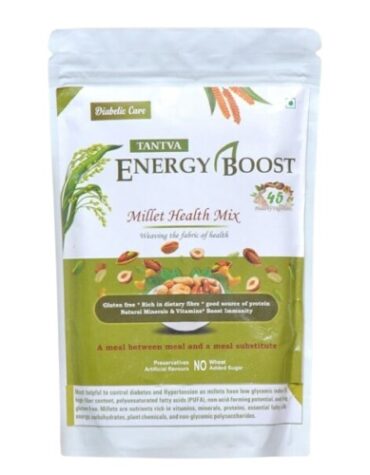
Reviews
There are no reviews yet.